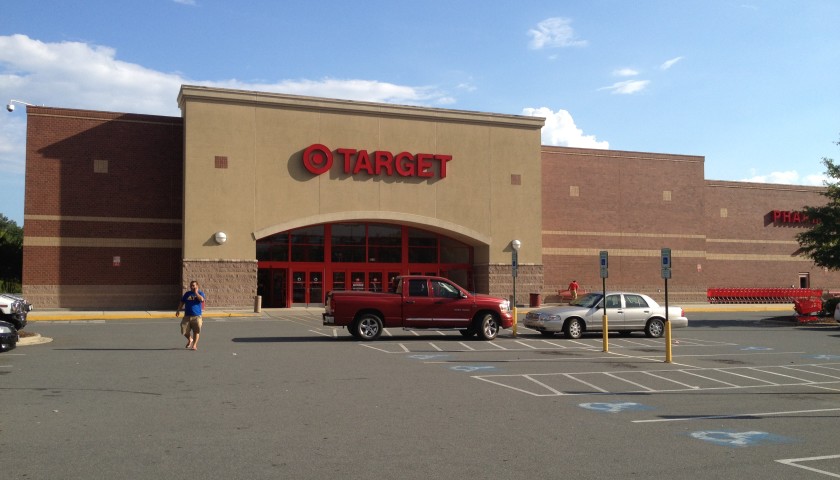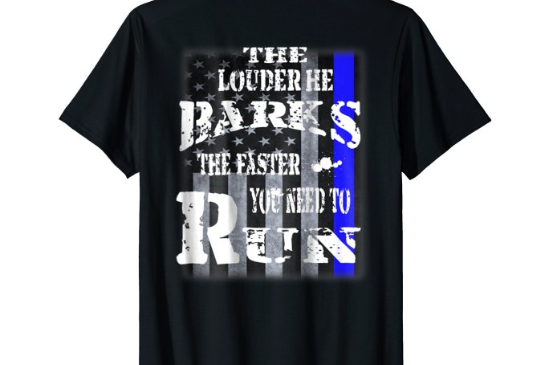Target Facts
Target Corporation was founded in Minneapolis, Minnesota in 1962. It is the second-most successful discount retailer in the United States, behind Wal-Mart. It is the sixth largest retailer in the United States behind Wal-Mart, The Home Depot, Kroger, Sears Holdings Corporation, and Costco. It is the largest company by revenue based in Minnesota. The Bullseye logo of the company and its stores is one of the most recognized corporate symbols in the U.S.
Target History
The company was founded in 1902 when George Dayton opened a retail store in downtown Minneapolis. Originally known as the Dayton Dry Goods Company, it became the Dayton Company in 1910.
In 1962, the Dayton Company opened its first Target discount store in Roseville, Minnesota, a suburb north of St. Paul. By 1979, it would be the company’s top revenue producer.
In 1969, the Dayton Company merged with the J.L. Hudson company. In 1978, the company acquired Mervyn’s, and in 1990 it acquired Marshall Field’s.
Dayton Hudson Corporation changed its name to Target Corporation in 2000; by then, more than 75 percent of the corporation’s revenue came from the Target division. In 2001, Target Corporation announced that its Dayton’s and Hudson’s stores would operate under the Marshall Field’s brand. The three brands had been operating as a single unit, the Department Store Division.
On March 10, 2004, Target Corporation announced it had hired Goldman Sachs Group to analyze options for selling its Marshall Field’s and Mervyn’s chains of department stores. Three months later, on June 9, 2004, Target Corporation announced its sale of the Marshall Field’s chain and several Mervyn’s stores to St. Louis, Missouri-based May Department Stores Company, which became effective July 31, 2004.
On July 21, 2004, it announced the sale of Mervyn’s to an investment consortium including Sun Capital Partners, Inc., Cerberus Capital Management, L.P., Lubert-Adler/ Klaff and Partners, L.P., which was finalized September 2.
Today, Target Corporation operates its retail division under the banner of ‘Target’. The company owns several other subsidaries, which include:
Target Financial Services (TFS), which issues the Target Visa and Target Guest Cards, issued through Target National Bank.
Target Sourcing Services / Associated Merchandising Corporation (TSS/AMC), which locates merchandise from around the globe for Target and helps import the merchandise to the United States
Target Commercial Interiors, which provides design-services and furniture for office space
Target Brands, which owns and oversees the company’s private label products
Target.direct, which owns and oversees the company’s e-commerce initiatives.
Target Retail Division
Target Corporation’s discount retail chain in the United States has 1,400 stores in 47 states that operate under the mastheads of Target, Target Greatland, and SuperTarget. The first Target store opened in 1962 in Roseville, Minnesota. That store was closed and demolished on January 8, 2005, and replaced with a SuperTarget in the following September. Target Corporation has aggressive plans to have 2,010 stores open by the year 2010.
Target stores are generally 95,000 to 125,000 square feet (12,000 m²) and carry hardlines (“normal” products and goods), softlines (clothing), and a limited amount of groceries, usually non-perishable. Specifically, Target stores carry clothing, shoes, jewelry, health and beauty products, electronics, compact discs, DVD, bedding, kitchen supplies, sporting goods, toys, pet supplies, automotive supplies, and food.
They also carry seasonal merchandise such as patio furniture during the summer and Christmas decorations during November and December. Many stores also have one-hour photo processing, a Portrait Studio, an optical store, and a pharmacy in them. Stores opened in 2004 or later also include the expanded snack bar that is featured in Target Greatland locations.
Target Greatland Stores
Target Greatland stores average about 150,000 square feet (14,000 m²) and carry a larger selection of general merchandise than basic Target stores. However, they do not have a full line of groceries. Prominent features include double entrances on single level stores along with an expanded snack bar. The snack bar may include a Pizza Hut Express, Taco Bell Express, and/or a Starbucks.
The first Target Greatland opened in Apple Valley, Minnesota in 1990 and has since been remodeled and expanded becoming a SuperTarget.
Target Super Stores
SuperTargets are about 175,000 square feet (16,000 m²) and carry everything a smaller Target does in addition to a full-service grocery store, including produce, deli, meats, and baked goods. Many SuperTargets also feature a Starbucks coffee shop, a Pizza Hut Express, portrait studio, and an eyewear store operated as a concession.
The first SuperTarget opened in Omaha, Nebraska in 1995, and the second SuperTarget opened in Lawrence, Kansas later that same year. Currently, Target operates over 140 SuperTarget stores.
Target Urban Stores
While many Target stores share a fairly common layout, the company has been known to be flexible with its designs. There are about 30 multi-level stores in urban areas (including downtown Minneapolis), where a one-level Target is not practical. One unique feature used by these stores is a specialized escalator, called a Vermaport, used to transport shopping carts between levels. This concept has also been used to build Targets from former Montgomery Ward stores.
Target Trivia
Many of Target’s biggest fans jokingly refer to the store as “Tar-zhay”, as though it were a French word, a reference to its more upscale image compared to its competitors. This trend is incorrectly believed to have been started by Oprah Winfrey, when she used the French pronunciation to refer to the store on her television show. In fact Laura Rowley’s book “On Target” traces the pronunciation back to 1962, the year the first Target opened. This pronunciation has led many people to believe, incorrectly, that the company is French-owned.


![Fashion Looks for Christmas [Video] Fashion Looks for Christmas [Video]](https://www.couponsdigest.com/wp-content/uploads/2017/08/Walmart-back-to-school-supplies.png)
![Plus Size Clothing Haul [Video] Plus Size Clothing Haul [Video]](https://www.couponsdigest.com/wp-content/uploads/2017/07/OldNavy.com-Back-To-School-Supplies-600x365.png)
